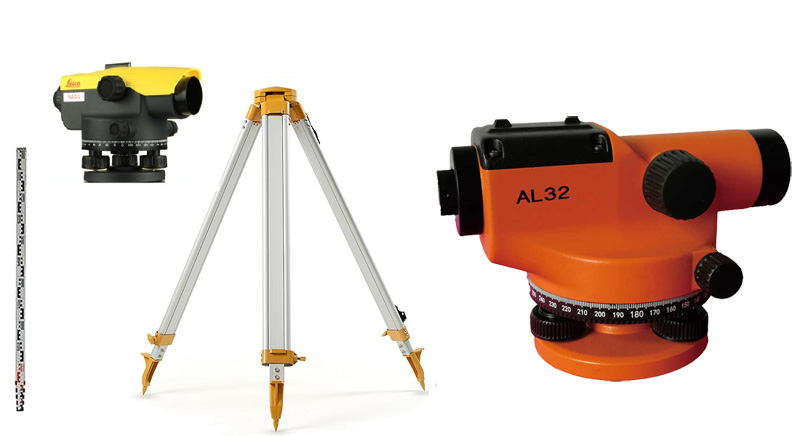
Adaptive optics has become a potential method of enhancing the performance of different optical systems by controlling the waves of light that pass through them. Some of the light waves experience distortions that cause errors when measuring, imaging, or cutting utilizing optical tools. Adaptive optics is a method of addressing these errors.
Turbulence in the atmosphere of Earth restricts the performance of ground-based astronomical telescopes. Moreover, while making twinkling of a star, turbulence spread out the star’s light hence is visible as a fuzzy blob when seen through a telescope.
This fading effect is very huge that even the biggest ground-based telescopes in Hawaii, the two 10-m Keck Telescopes in Hawaii, show no superior resolution than a normal 8-inch backyard telescope. One of the significant inspirations for introducing telescopes into space is to overcome this blurring because of the atmosphere of the Earth so that pictures will have superior spatial resolution.
There are numerous regions where adaptive optics has been found beneficial. Some of them are mentioned below:
Lasers can be considered as one of the major application regions where adaptive optics can be utilized, and this varies from applications in assembling to powerful lasers. The addition of adaptive optics has been known to build the productivity of numerous lasers, and hence, this has prompted an expansion in the performance of the applications they are utilized in.
Some regular applications that use lasers with adaptive optics incorporate atomic trapping, understanding the interaction of light-matter at the atomic level, laser cutting, quantum computing, and free-foam metrology. The majority of these laser applications are possible because the adaptive optics empowers the laser's beam shape and size to be manipulated, which makes it more precise—particularly in the cutting and assembling of materials.
Another significant application region is astronomy. Numerous optical frameworks can be utilized to picture celestial objects. Nonetheless, given that the distance of these objects is far away, the wavefront can get distorted. Furthermore, if the imaging is being carried out from Earth (and not from a stage in space), disturbances can emerge from the diverse temperature layers and wind speeds inside the Earth's atmosphere. All these components add to turbulences that influence the imaging quality of the telescope.
The utilization of adaptive optics can recuperate a great deal of the data that is lost because of these disturbances by fixing the problems that emerge from both low photon flux and environmental turbulence.
There is a wide range of different areas to vision science where adaptive optics is applied. One region is in the robotic vision for observation cameras to give constant and large distance imaging. While these applications are on the machine side, there are some other applications where adaptive optics is helpful.
One of the reasons for the utilization of glasses is that deviations can cause distortions in the wavefront that passes through the eye. However, for an ophthalmologist to perceive why vision is getting debilitated, they require imaging the eye, and these distortions passing through the eye can not just distort the imaging of the eye itself, but additionally the imaging tools. Adaptive optics can be utilized in retina imaging tools to recognize the distortion of the wavefront and fix it so that a superior quality image of the eye can be captured.
Free space optical communications—which the transmission of light through a region of free space to send data—utilize horizontally propagating waves between optic elements, and this regularly prompts a high level of turbulence and distortion (of the light waves) in the free space area.
Adaptive optics can be utilized to address these disturbances, and this enhances the transmission of information over significant distances. The utilization of adaptive optics can also give a reduction in the error rate and a surge in the speed of the telecommunication framework.
Adaptive optics is utilized in microscopy applications to address the distortions that emerge from the sample and fixing the variations resulted from mismatching of the index in the microscope. The rectification of these abnormalities empowers the resolution to be high and is broadly utilized in multi-photon microscopy, confocal microscopy, and fluorescence microscopy.
Another region where adaptive optics have been discovered to be valuable is the depth of imaging; and their utilization can assist with encouraging the depth of focus, without moving the objective of the microscope nearer to the sample.
Owing to the many beneficial applications of adaptive optics, it can be assumed that the adaptive optics industry will flourish profoundly in the coming years. Adaptive optics finds its application in many sectors such as microscopy, free-space optical communications, vision science, astronomy, lasers, and many more. The Global Adaptive optics market size is expected to rise at a market growth of 13.5% CAGR during the forecast period.